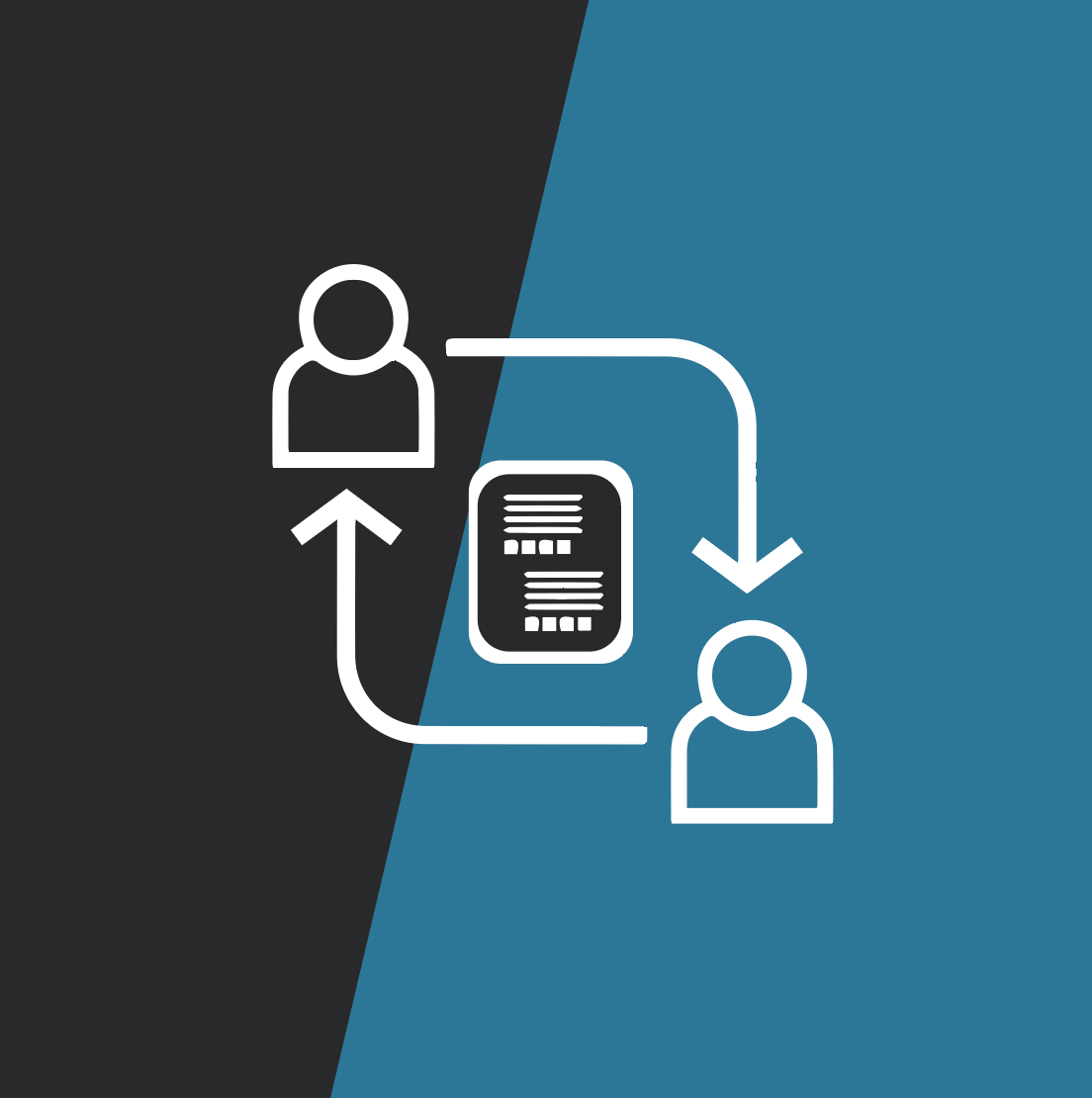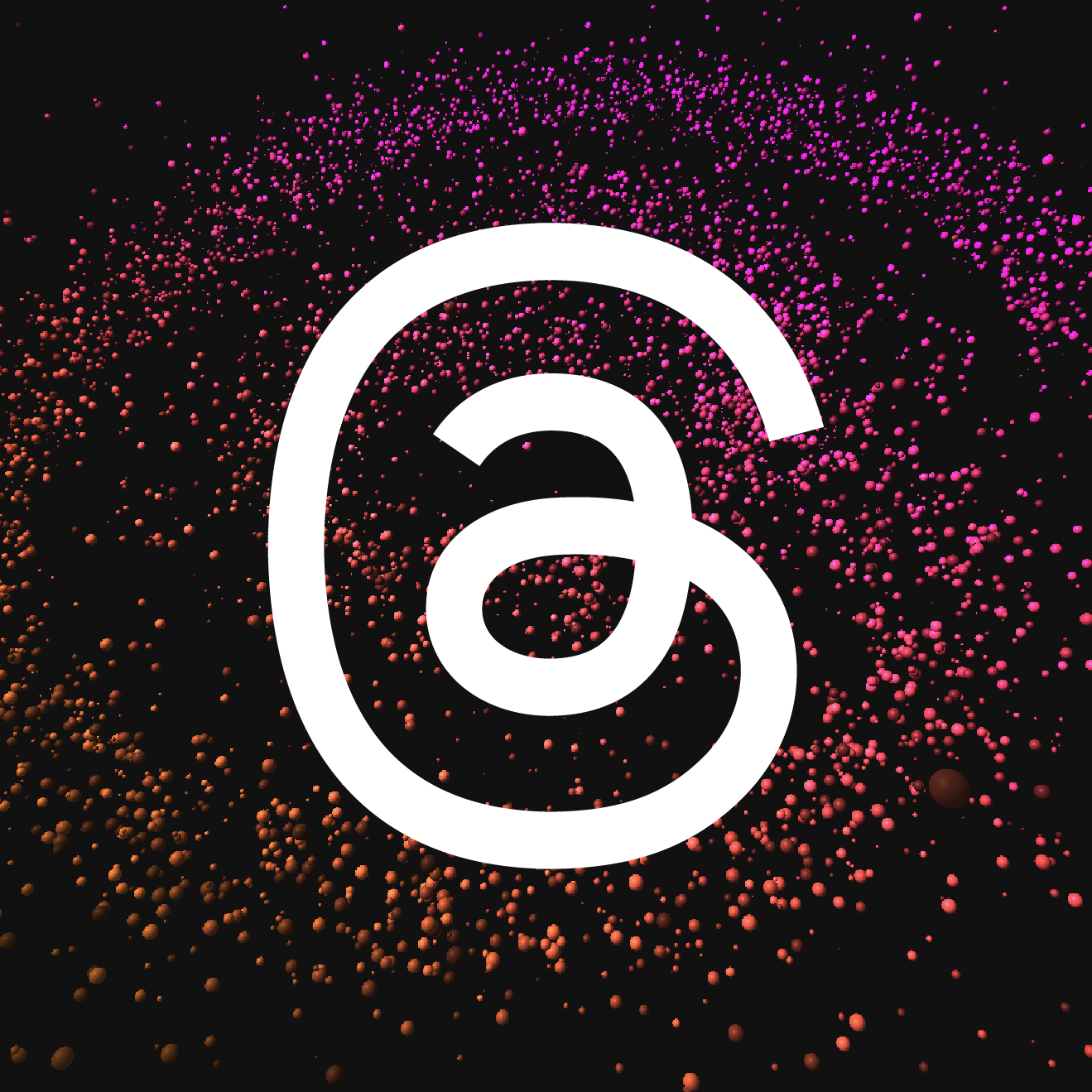7-Step Guide to Effective Social Media Ads
Kayla Belk Sr. Digital Marketing Strategist#Digital Marketing, #Inbound Marketing, #Social Media

Learn how to plan a successful paid social media campaign in 7 easy steps
Whether you're promoting a new product line, gathering leads, or growing brand awareness, paid social media campaigns are essential to staying competitive in today's landscape. Pairing paid ads with engaging organic content on your platforms helps you reach the right audience and drives results. Let's jump into the 7 steps to creating a successful paid social media campaign.
Step 1: Define Your Goals
It's important to clearly define the purpose of your campaign. Is it brand awareness, lead generation, or simply increased sales that you're after? Once you've identified this primary objective, you can build your campaign.
Step 2: Choose Your Campaign Duration and Platforms
Choosing Campaign Duration
How long do you want your campaign to run? 1 week? A month? More? Set specific start and end dates for your campaign. It's good to keep your ads up to date and refresh them to avoid ad fatigue, so try not to use the same ad for more than a month.
Choosing Social Platforms for a Paid Campaign
Selecting the right social platform(s) for your paid campaign is crucial for reaching your target audience. Consider where your audience spends the most time:
- Facebook: Offers wide audience reach and robust targeting options.
- Instagram: A visually-driven platform, ideal for showcasing products and storytelling.
- YouTube: yes, YouTube is a social platform! Great for long-form and tutorial videos.
- X: Perfect for real-time conversations and trending topics.
- LinkedIn: Best for B2B marketing, networking, and professional content.
- TikTok: Ideal for short-form video content that engages and entertains.
Step 3: Identify Your Target Audience
Targeting is essential to ensure your message reaches the right people. Start by focusing on basic targeting options such as location, age, and gender. Understanding your ideal audience demographics (target personas) can help you tailor your ads effectively. Additionally, considering their interests can further refine your targeting strategy. By using these basic elements, you can begin to reach a broader audience that aligns with your brand.
You can also exclude audiences you don't want to see your ads, such as current customers who recently purchased from your brand, non-engaged users, irrelevant demographics, low-value segments, and specific interests. By implementing these exclusions you ensure that your ad spend is focused on the most relevant potential customers, avoid impressions on users unlikely to convert, and ultimately improve your campaign's Return on Investment (ROI).
ADVANCED: If you have basic targeting applied, also consider a more advanced approach such as behavioral targeting (targeting users based on their online activities - website visits, app usage, or search history), uploading your contacts from your Customer Relationship Management (CRM) tool, and lookalike audiences (new users who share similar characteristics with your existing customers).
Step 4: Determine Your Budget and Bidding Strategy
Determine Your Budget
If you're using multiple platforms, allocate your budget strategically. Prioritize platforms with the highest conversion value and target audience. Consider factors like platform costs, audience engagement, and your specific campaign goals when distributing funds. You can also use budgeting tools like HubSpot's Ad Spend Calculator to estimate your spending and predict key metrics.
Determine Your Bidding Strategy
Choose between manual and automatic bidding strategies to maximize your budget.
Manual Bidding
This bidding strategy gives you full control over how much you bid for each click or impression. It allows for more precise adjustments based on your knowledge of the audience, competition, and specific goals. This strategy is ideal if you want to have detailed control over your spending. However, it can be time-consuming to manage as it requires constant monitoring and adjustments to stay competitive.
Automatic Bidding
This bidding strategy relies on machine learning from the artificial intelligence mechanisms built into the platform to analyze campaign data and implement real-time bid adjustments to optimize bidding. This saves time and improves efficiency by continuously adjusting bids to reflect user behavior and market conditions.
Step 5: Create Ad Copy and Assets
Write Copy
Craft compelling ad copy that includes primary text and consider adding multiple headline options and description variations if your chosen platform supports them. Include a strong Call-to-Action (CTA) that aligns with your campaign goals. For instance, a "Shop Now" CTA can drive users to your product catalog on a platform like Facebook or directly to your website for conversion. A "Sign Up" CTA on a lead generation form can encourage users to provide their information, which can then be automatically aded to your CRM.
Create Assets
Social media is largely a visual medium and platform algorithms often favor videos, which not only increases engagement and shareability but also furthers your chances of earning conversions.
To ensure vides are accessible to all users, be sure to include captions for those watching without sound. Also, A/B testing different creative formats - videos, images, and copy - helps you discover what resonates most with your audience. This allows you to optimize your strategy throughout the course of a given campaign and also serves to inform the next campaign.
When creating visuals, keep text minimal and imagery relevant. Focus in on the "action" of the image. Use your established brand colors to further associate the ad to your organization. And make sure that the imagery is relevant. For example - if your ad is for Product XYZ, make sure Product XYZ is shown.
Pro-Tip: Create long-form videos (around 10 minutes) for YouTube and repurpose them into shorter clips for platforms like TikTok, Instagram, and Facebook. This strategic approach maximizes reach and tailors your content to the user behaviors that are most common to the respective platforms.
Step 6: Setup and Launch Your Campaign
Upload Assets
The most critical part of uploading your ad assets is to be mindful of the fact that each social media platform has a different set of specifications for imagery and videos - and if you don't adhere to their guidelines, your ads are certain to be rejected soon after your submit them. Don't make the rookie mistake of uploading a vertical-oriented ad to a platform that only supports landscape-oriented videos. It's very easy to get ads rejected, so be sure and read the ad guidelines for each platform you're submitting to.
Add Copy
Add your CTA link and primary message. Some platforms allow multiple headlines and descriptions to complement your main message. Make sure that all copy includes the relevant keywords that you have researched ahead of time. Most platforms will automatically test different combinations of your headlines and descriptions to see which combinations perform the best. These are called "responsive ads."
The asset creation and copy-writing step is also the time to consider developing visuals and copy for the purposes of A/B testing your social ads to get the best engagement out of them.
Launch!
Once you've added your dates, budget, assets, copy, and CTA - it's time to launch! The ad will undergo a review or "learning" period until it is approved. And once this happens, your ads will begin appearing in user feeds during the specified dates and times. Congratulations!
Step 7: Monitor and Optimize Your Ads
Monitor the Campaign
Audience Optimization
Once your campaign is running, you should keep an eye on its performance. Whether daily or weekly, you should heck on your ads to identify trends and potential issues. You can use something like the HubSpot Ads tool to make monitoring easier. Such tools typically have a singular dashboard where you can quickly see ad performance and make adjustments when needed.
Don't forget to engage with your audience by responding to ad-driven comments and messages, which not only helps bond users to your brand but also feeds the algorithm, telling it to show your great ads to more and more users.
Budget Optimization
Effectively allocate your budget based on the performance of different ad sets or campaigns. Shift your budget towards the high-performing ads while reducing spend on those that underperform.
Bonus Step: Reporting
Once your campaign is launched and you're monitoring results, you'll need to set up a report to track performance. This report should include key metrics such as impressions, clicks, click-through rates, conversions, and Return on Investment (ROI). By analyzing this data you'll not only learn more about your audience but you'll equip yourself with the data needed to build and optimize future campaigns as well.
Do you need help building your advertising strategies, setting up reporting, or modernizing your entire strategic approach to marketing? We can help!
Why don't we start with a question? Just click on the button below to drop us any question about paid social and we'll get back to you.
Related Posts

Alternatives to Twitter
We have identified some potential alternatives to Twitter that we believe are useful for marketers to spread their message and brand.

Is Threads the Next Twitter?
As Threads gains more market share, will it overtake Twitter?
Results Matter.
We design creative digital solutions that grow your business, strengthen your brand and engage your audience. Our team blends creativity with insights, analytics and technology to deliver beauty, function, accessibility and most of all, ROI. Do you have a project you want to discuss?
Like what you read?
Subscribe to our blog "Diagram Views" for the latest trends in web design, inbound marketing and mobile strategy.

